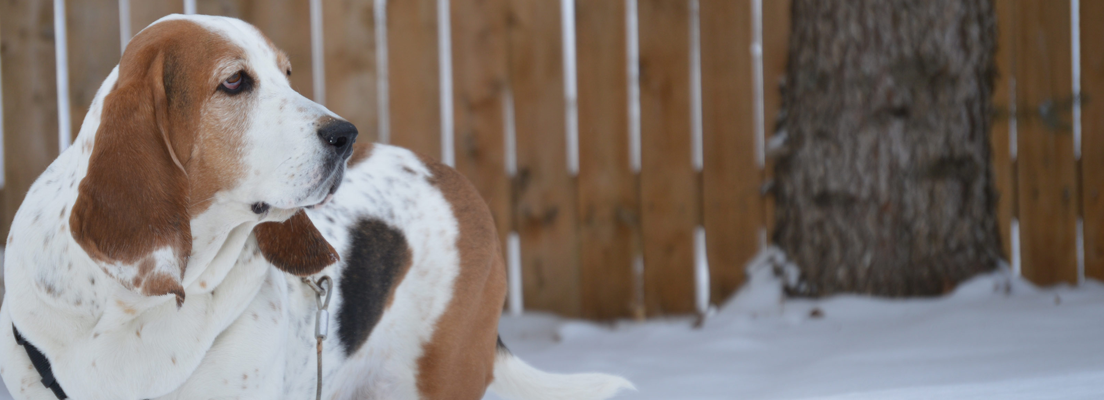|
Feline Lower Urinary Tract Disease
Feline lower urinary tract disease (FLUTD) is a common and serious disease affecting cats. Both males and females can be affected but it is more likely to be life threatening in males.
A cat with FLUTD may have all or some of the following clinical signs:
* blood in urine
* straining to urinate
* urinating in unusual places (outside the litterbox)
* inability to urinate due to urinary blockage
* licking the urinary opening
* vocalization while urinating
There are numerous causes of feline lower urinary tract disease and identifying the cause can sometimes be challenging but it is important in order to implement effective treatment. Potential causes of FLUTD include infection, bladder stones, urethral blockage, tumors etc, all of which can form the same clinical picture. Idiopathic or ?of unknown cause? is the most common cause of FLUTD. Idiopathic FLUTD is frequently a result of environmental stress.
It is important to note that lower urinary symptoms in male cats can indicate a urinary blockage, which can be life threatening. Mucus, crystals and tiny bladder stones can accumulate to form a plug in the male urethra. Since the male urethra is very narrow it does not take a large plug to partially or fully obstruct urine flow. If a plug forms, male cats may only produce small amounts of urine. In a complete obstruction, no urine would be produced. These signs can be difficult to identify by pet owners as your pet may look like he is urinating but in fact he is not. It is therefore important to keep the litterbox uncovered and observe your cat urinating from time to time.
There are many potential causes for a male cat to become obstructed. Research indicates that there is usually not one factor or event that causes the obstruction but a combination of factors. Major contributing factors include bladder stones, stress, reduced water intake and urine crystals, which form when the urine pH is not neutral. Although these may be contributing factors, not all cats who have one or all of these factors will develop feline lower urinary tract disease.
Although there is no way to guarantee your cat will not develop feline lower urinary tract disease, there are ways to help reduce the risk of developing the disease. Feeding veterinary diets that are formulated to promote a neutral urine pH would eliminate a potential contributing factor. In addition, encouraging your cat to drink more water can also help prevent feline lower urinary tract disease, as it decreases the urine concentration. All cat owners should read the following link. http://indoorpet.osu.edu/cats Cat owners will find a lot of great information on creating a happier and more stimulating environment for your pet.
If your feline pet is exhibiting any of the forementioned clinical signs, he/she should be taken to your veterinarian for an examination. If you're not sure your cat is able to urinate, assume it could be an emergency and call your veterinarian's office at once. For more information, please refer to the following website:
https://veterinarypartner.vin.com/default.aspx?pid=19239&id=4951487
| 